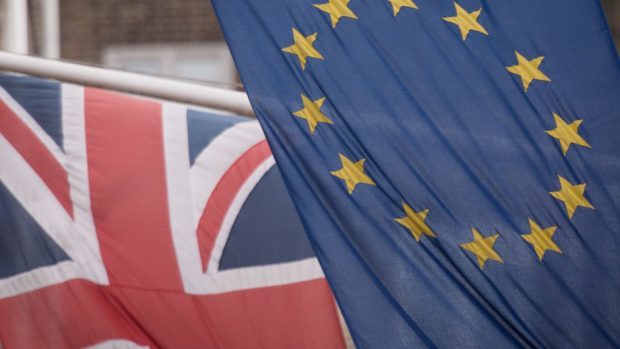Scottish farm businesses received a £96million boost following the Brexit referendum last year, according to government figures.
Initial estimates from the Scottish Government’s chief statistician suggest Total Income From Farming (Tiff) in 2016 was around £749million, which is up from £653million in 2015, and the fourth highest since 2000 once inflation is taken into account.
Regional estimates also showed that on a per hectare basis, the highest level of income from farming came from the north-east.
“The weakening of the pound following the EU referendum led to improved prices for grain, beef and lamb, resulting in a boost to the value of outputs,” said government.
“Another important effect of the exchange rate was the increase in the value of EU support payments. The 17% change in the exchange rate resulted in total payments increasing by £53 million.”
Subsidies, including coupled support, accounted for £533million of total income in 2016. This was made up of £400million in Pillar 1 direct support, £91million in Pillar 2 rural development payments and £42million in coupled support.
The livestock sector is estimated to have increased slightly in value during 2016, with the beef industry relatively steady after initial falls in prices during the first half of the year.
Improved prices and increased numbers resulted in a 13% increase in the value of the sheep sector to an estimated £24million. Pigs and poultry also increased in value to £89million and £84million respectively.
The average milk price fell by 23% in 2015 and 9% in 2016. Government said the price drops resulted in £126million, or 28%, being wiped off the value of milk between 2014 and 2016, with the sector worth £328million last year.
The value of the egg sector also fell last year, down 9% to £83million.
Cereals was back 8% with Scottish barley worth an estimated £180million and wheat £104million. The tattie sector improved by £38million, or 23%, to £209million thanks to improved ware prices and volume. The vegetable sector increased in value to £123million, while fruit dropped to £114million.
Government said total costs were estimated to be down during the year despite a slight increase in the cost of labour.
Rural Economy Secretary, Fergus Ewing, welcomed the boost in incomes and called on farmers to “continue to do everything they can to improve efficiency”.
He added: “Historically, support payments from the EU have played a significant role in farm profits and the Total Income From Farming balance sheets show us that this is continues to be very much the case.
“Given the importance of these payments, the Scottish Government is pushing Westminster for further clarity on the future of rural funding.”










